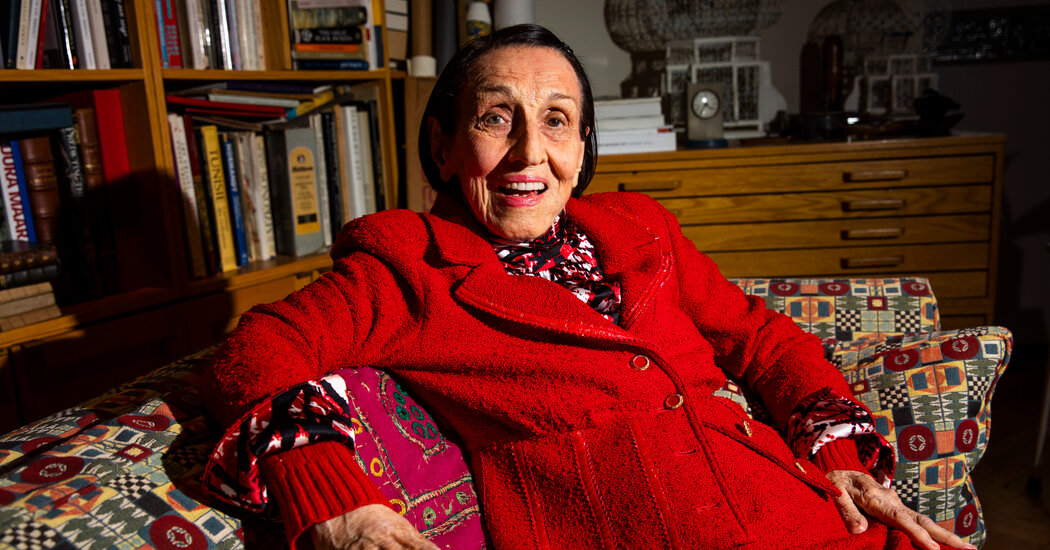
But family life was not the walk on the beach portrayed in the famous Robert Capa photograph of Ms. Gilot traipsing on the sand at Golfe-Juan in the South of France, Picasso screening her with a colossal parasol. In darker moments, he was given to parading in front of her a string of would-be rivals, most famously Dora Maar, the painter and photographer, and Olga Khokhlova, his first wife, a Russian dancer who trailed the couple wherever they chose to holiday.
Ms. Gilot writes that Picasso showed Gilot great tenderness, but also subjected her to fits of lacerating cruelty. “You were a Venus when I met you,” he tells her soon after the birth of Paloma. “Now you’re a Christ — and a Romanesque Christ at that, with all the ribs sticking out to be counted.” Once, at the height of an argument, he threatened to burn her. “He took the cigarette he was smoking and touched it to my right cheek and held it there,” she writes. “He must have expected me to pull away, but I was determined not to give him the satisfaction.”
So attentively did she document his methods and musings that she risked effacing her own personality. In the book she recounts Picasso’s friend André Gide once chiding him, “It’s easy to see there’s a dimension to her inner life which has escaped you.”
Ms. Gilot has since become more forthright. As she spoke, she leaned in to tell me, “We are approximately the same age, products of the same generation,” a remark that prompted Ms. Engel to gently interject, “Mother, you are 100.”
Ms. Gilot lifted her eyebrows and shrugged.
“As young women, we were taught to keep silent,” she went on. “We were taught early that taking second place is easier than first. You tell yourself that’s all right, but it’s not all right. It is important that we learn to express ourselves, to say what it is that we like, that we want.”
She has not always been above using her looks to further her aims. Soon after they met, she writes, she took up Picasso’s invitation to teach her engraving. “I arrived on time wearing a black velvet dress with a high white lace collar, my dark red hair done up in a coiffure I had taken from a painting of the Infanta by Velázquez.”







